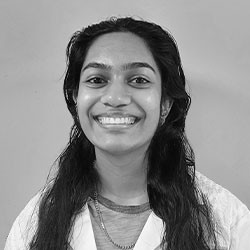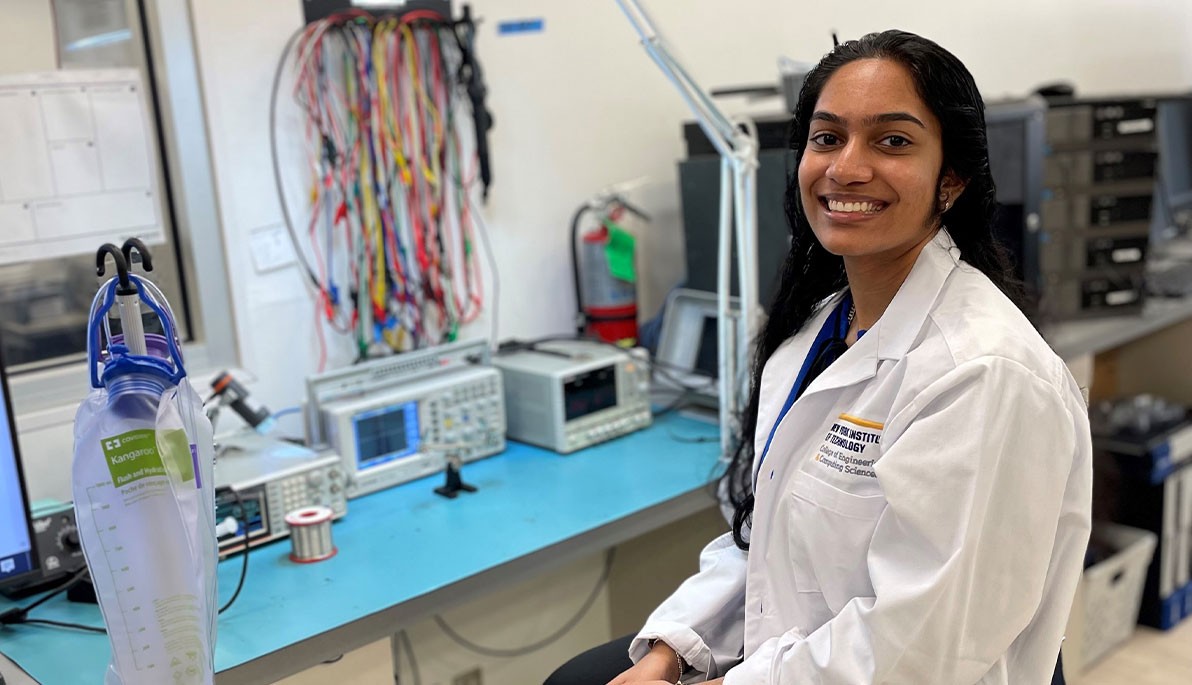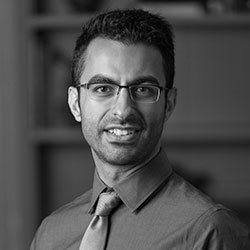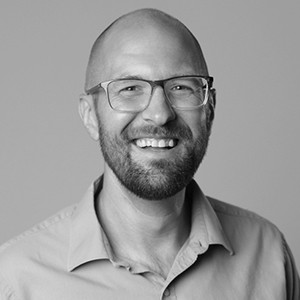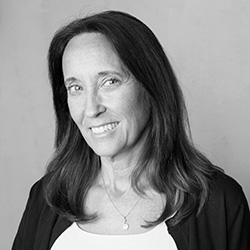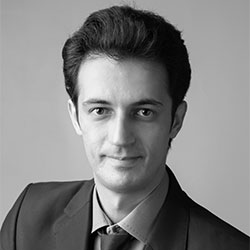Where Biology Meets Technology
“Growing up, I never knew bioengineering was a field that existed. I never even thought about engineering,” says College of Engineering and Computing Sciences student Alana Singh.
Singh thought she was set on becoming a physician, but she had two different passions burning within her—science and technology. A particular interest in biology drew her to the medical field, but a separate interest in technological devices simultaneously pulled at her.
When she began researching the path she would follow for her higher education, she struck gold—a major in bioengineering, enabling Singh to combine her two loves and ultimately graduate with career options offering the best of both worlds.
“As I study for my bachelor’s degree in bioengineering, I am learning a mix of biological sciences and have the opportunity to work hands-on with computers for the engineering side of things,” Singh says. “I am so grateful to have found this field of study.”
Looking to gain professional experience in technical engineering, Singh has become an active participant on the Long Island campus’ Entrepreneurship and Technology Innovation Center (ETIC), making her mark as the first bioengineering major to work as an ETIC student employee. Right now, she is working on Project Emesis, a prime example of bioengineering in practice.
This project uses a medical dummy engineered and coded to expel its stomach contents on command through a phone application. Designed for use in clinical intubation exercises, users will learn how to treat patients effectively who heave during intubation. Upon its completion, medical students at the College of Osteopathic Medicine (NYITCOM) will be among the first to use the dummy in a clinical setting, where they could gain valuable insight into effectively treating patients experiencing traumatic conditions like cardiac arrest or a drug overdose.
“The ETIC is a place to solve real problems. In class, we discuss using devices in theory and the ‘what ifs.’ In the ETIC, we experiment and see if ‘what if’ can turn into ‘yes it can,’” Singh says. “My experience in the lab has been helping me prepare for reality and what my future career might hold.”
A self-proclaimed “big fan of robots,” Singh participated in her high school’s drone club, where she learned to fly and maneuver drones, and three-year robotics/STEM program, where she built and coded LEGO EV3 robots. She has not let that passion fall by the wayside. She is involved with the Institute of Electrical and Electronics Engineers (IEEE) Long Island Section, where she is able to indulge in one of her favorite hobbies and tinker with robots.
After she graduates, Singh hopes to secure a position as an engineer or biostatistician with either a medical or robotics technology company, where she can assist the public in gaining better access to medical technology that helps them in their everyday lives—like EpiPens and oxygen tanks. Her ideal future is one where she is an entrepreneur with her own medical technology business, maybe with an additional degree in computer science.
“Don’t let it get to you that pursuing a bioengineering degree can be challenging,” advises Singh. “Bioengineering is not a profession you hear about frequently, but that’s what makes it so special. Make sure your heart is in the right place, and take care to make yourself happy first.”
